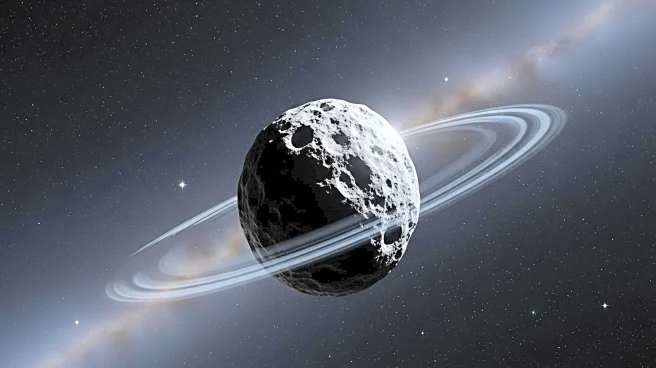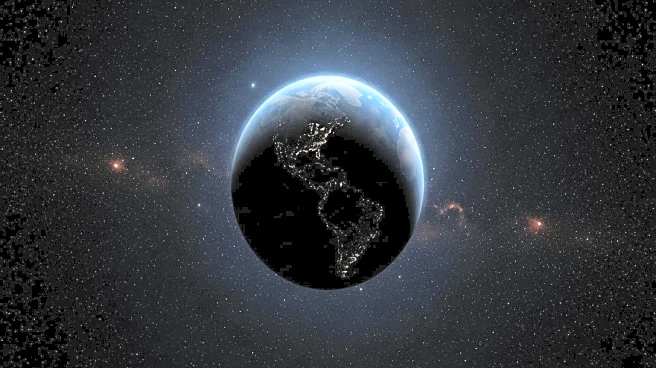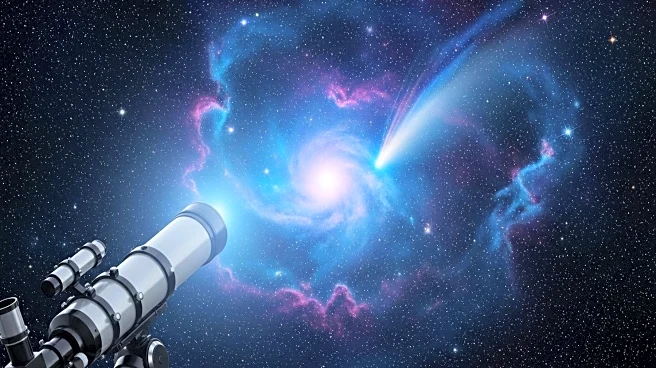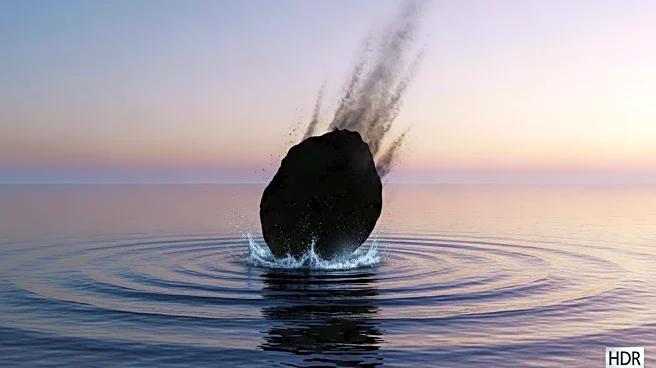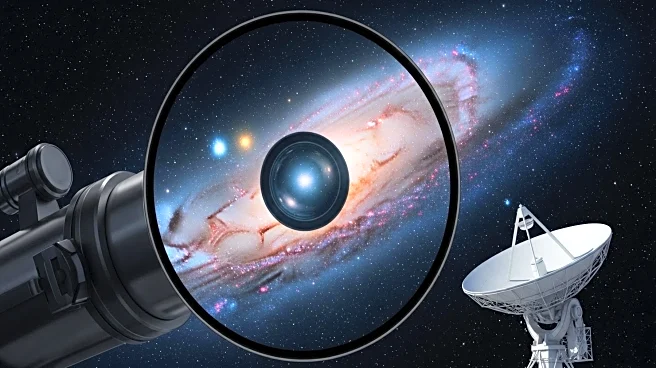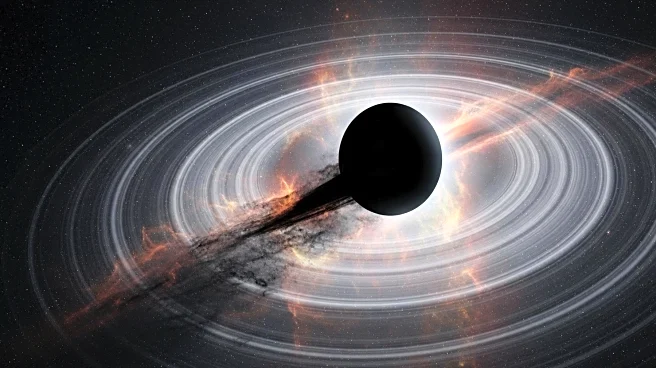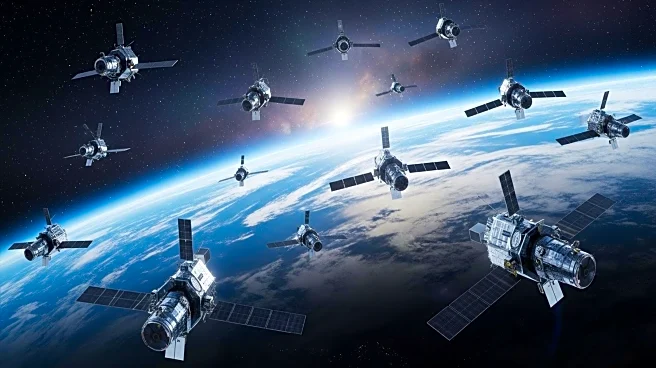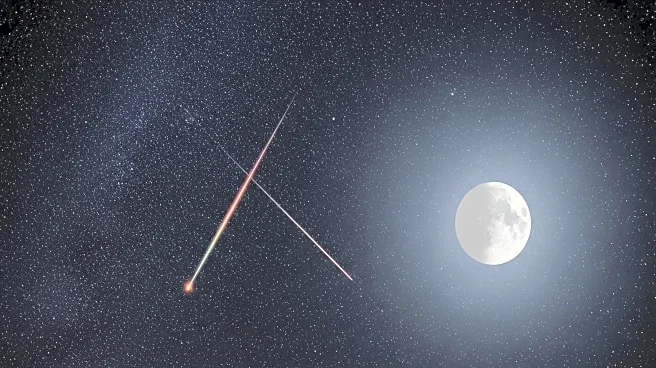What's Happening?
Recent studies presented at the Europlanet Science Congress in Helsinki have provided new insights into asteroid spin dynamics, which could be crucial for planetary defense strategies. Researchers from the University of Tokyo and the University of Illinois at Urbana-Champaign have developed methods to understand asteroid spin and identify safe impact zones for deflection missions. The studies reveal that asteroid spins are influenced by collisions and internal friction, and that many asteroids are 'rubble piles' rather than solid rocks. This knowledge is essential for designing effective deflection missions to prevent potential Earth impacts.
Why It's Important?
Understanding asteroid spin and structure is vital for developing strategies to prevent catastrophic impacts on Earth. The findings could help scientists design more effective deflection missions, ensuring that asteroids are pushed away from Earth without inadvertently steering them into gravitational keyholes that could alter their orbits back towards Earth. This research is significant for planetary defense, as it provides a framework for safely redirecting asteroids, potentially saving lives and preventing economic damage.
What's Next?
Future research will likely focus on applying these methods to a larger sample of asteroids, using data from upcoming observatories like the Vera C. Rubin Observatory. This will refine our understanding of asteroid evolution and improve deflection strategies. Additionally, mission planners may use these findings to design safer deflection missions, even with limited ground-based observations, when time constraints prevent a dedicated spacecraft rendezvous.
